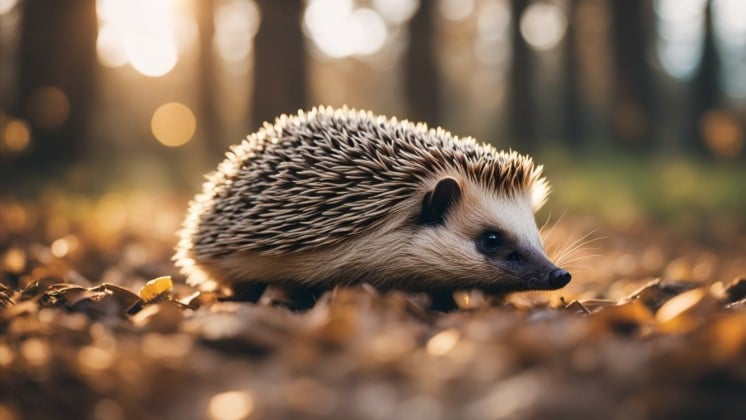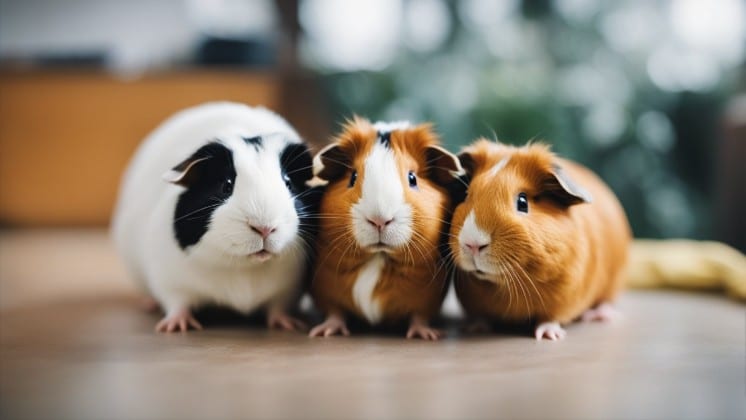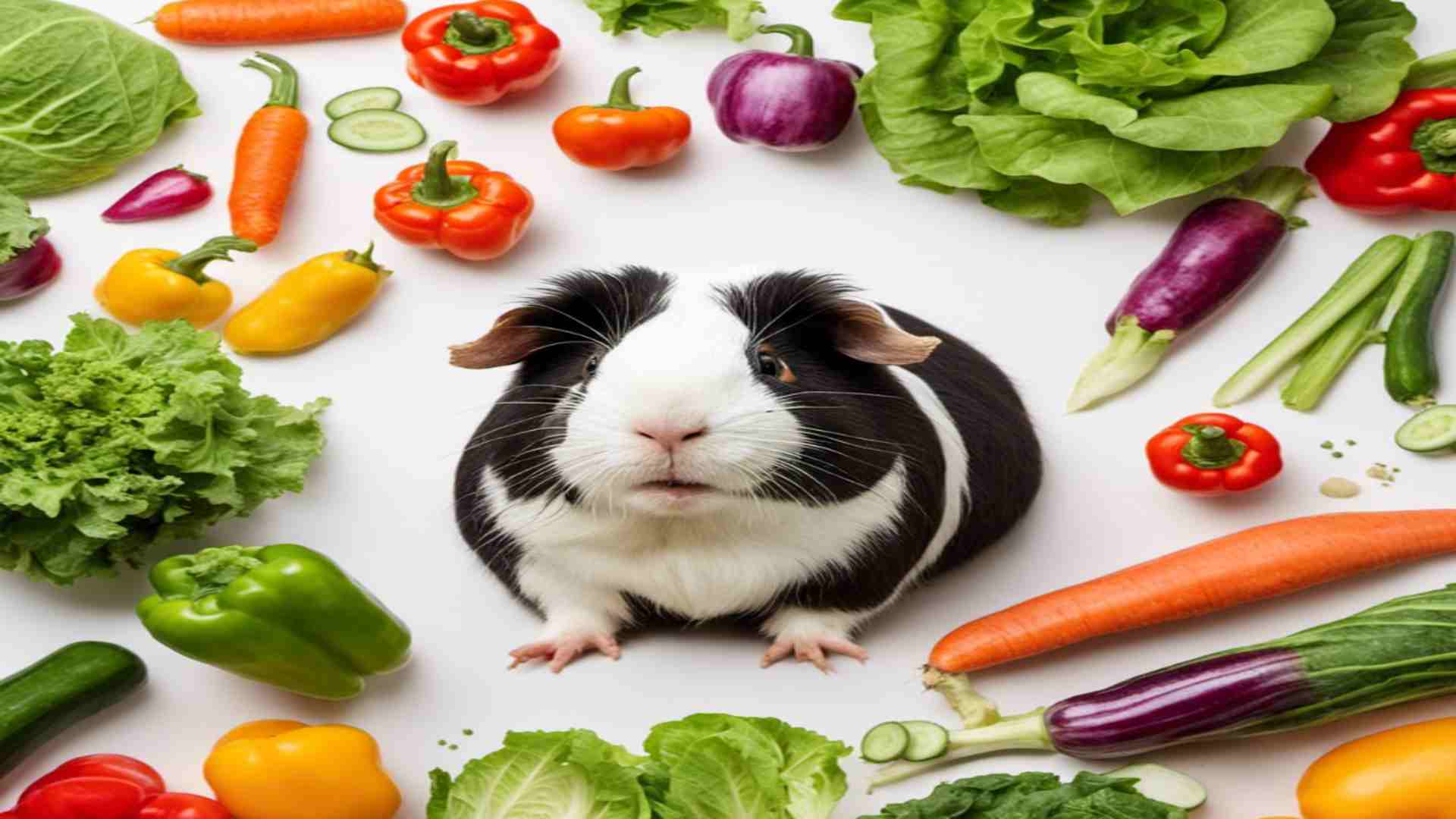Ferrets are unique creatures with a lot of personalities. They have many physical characteristics that make them stand out, such as their fluffy tails. But why do ferrets have fluffy tails?
Ferrets have fluffy tails for a variety of reasons, but the most important one is that it provides balance and stability when running or jumping. They also use their tail as a way to communicate affection or anger.
They do it by the position of their tail. A happy ferret often has a wagging tail, while an angry ferret has a stiff tail.
In this article, we’ll explore why ferrets have fluffy tails and how you can use this knowledge to better understand your pet.
Let’s get started.
Why is my ferret’s tail poofy?
There are a few reasons why your ferret’s tail might be poofy.
- It could be a sign of excitement or happiness. When ferrets are feeling playful, they sometimes “poof” their tails to signal their mood.
- Your ferret might be cold. Ferrets are native to cooler climates, and their thick fur helps to keep them warm. If the temperature drops, you might notice that your ferret’s tail becomes poofier as its body tries to trap in heat.
- Your ferret might simply have good genetics. Some ferrets are simply born with fluffier tails than others. Whatever the reason, there’s no need to worry – a poofy tail is perfectly normal for a ferret.
So if you see your ferret’s tail start to puff up, it’s probably a good idea to grab a toy and start playing.
Why does my ferret’s tail puff up when I pet him?
When a ferret’s tail puffs up, it’s a way of showing that he’s enjoying the attention and affection he’s receiving. They do it by rapidly contracting and relaxing the muscles in the tail, which causes the tail to swell up and then deflate.
Because ferrets can express their emotions through their tails, it’s important to pay attention to the way your ferret is holding his tail.
What does it mean when a ferret’s tail puffed up?
A puffed-up tail is a physical response to something in the ferret’s environment. Ferrets puff up their tails to try and communicate with either the thing that has their attention or other ferrets. Depending on the ferret’s mood, their tail getting puffed up can mean different things.
Generally, if a ferret’s tail has puffed up, much like a bottle brush, while they are hissing and backing away from whatever they are hissing at, you can assume they are afraid.
However, if they’re hissing while taking a more aggressive stance, fur bristled, teeth bared, then you can assume they are angry rather than afraid.
By understanding the language of the tail, you can build a better bond with your furry friend.
For example, the polecat ferret has a much sleeker tail than domestic ferrets. This is because the polecat ferret is a different species than the domestic ferret and has different genetic characteristics.
Polecat ferrets are also much wilder than domestic ferrets, and they are not typically kept as pets.
So if you’re lucky enough to see a polecat ferret in the wild, don’t expect it to be as friendly as your pet!
What do ferrets use their tails for?
Apart from showing affection or anger, as mentioned before, ferret’s tails have a few other functions, such as:
- Communicate with other ferrets. By rapidly swishing their tails back and forth, they can send signals to other ferrets that indicate their mood or intentions. For example, a ferret who is feeling threatened may start swishing his tail aggressively to warn the other ferret to back off.
- They use tails to help them keep warm. Ferrets are native to cooler climates, and their tails help to trap heat and keep their bodies warm.
- The fluffier the tail, the more dominant the ferret is. A ferret with a thick, fluffy tail is usually the alpha of the group. This is because the extra fur helps to make the ferret look bigger and more intimidating to other ferrets.
Should I play with my ferret when has a puffed tail?
In general, when a ferret’s tail is puffed, it’s best to leave him alone. This is a sign that he feels threatened or scared, and he may lash out if you try to pick him up or play with him.
If you must interact with your ferret when his tail is puffed, do so gently and carefully. Avoid sudden movements or loud noises, and give him plenty of time to calm down.
Once his tail has returned to its normal state, you can resume your normal level of interaction.
What does it mean when a ferret wags its tail?
When a ferret wags its tail, it can mean different things depending on the context. If the ferret is excited or happy, it may wag its tail rapidly in a circular motion.
However, if the ferret is feeling threatened or scared, it may wag its tail in a slower, more rigid manner. Ferrets may also wag their tails as a form of communication with other ferrets, indicating playfulness or submission.
It’s important to observe the ferret’s body language and behavior in conjunction with the tail wagging to understand the ferret’s mood and intentions.
Conclusion
So, why is my ferret’s tail so fluffy? Let’s recap what we’ve learned about why ferret’s tails puff up. Ferrets’ tails puff up mostly when they’re happy and enjoying being petted. This is because they are rapidly contracting and relaxing the muscles in their tails, which causes the tail to swell up and then deflate.
However, not all ferrets’ tails puff up when they’re enjoying themselves. Some ferrets might be angry or scared, so it’s important to understand their body language.
We have explored that ferrets use their tails for different purposes, such as communicating with other ferrets and keeping themselves warm.
Finally, you should avoid playing with your ferret when his tail is puffed up, as this is a sign that he is feeling threatened.
Want to learn more about chinchillas?
Ready to boost your knowledge to the next level? If so, check out the articles below:
- Camping With Ferrets: The Ultimate Guide ([year])
- Can Ferrets Wear Collars? Explained ([2023])
- How Much Salmon Oil for Ferrets? (The Definitive Guide)





